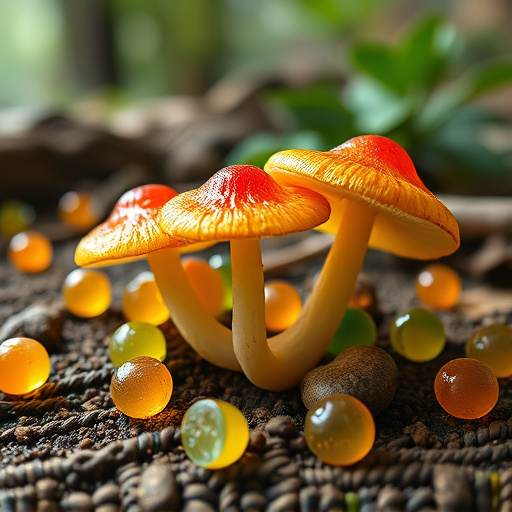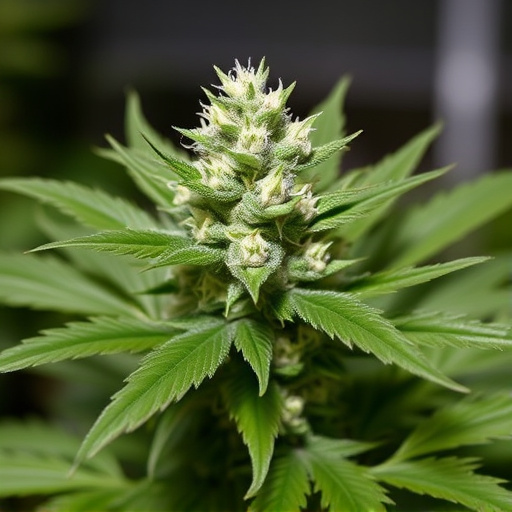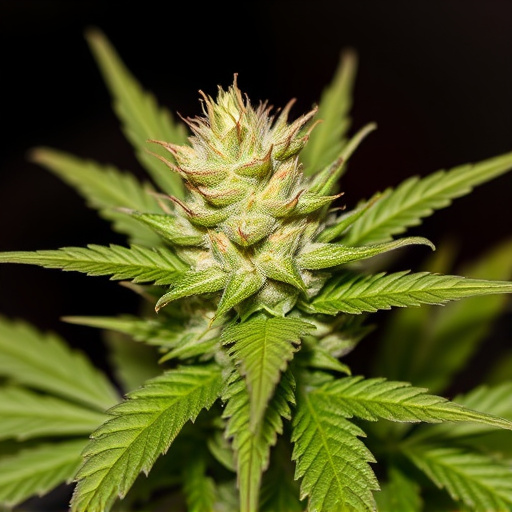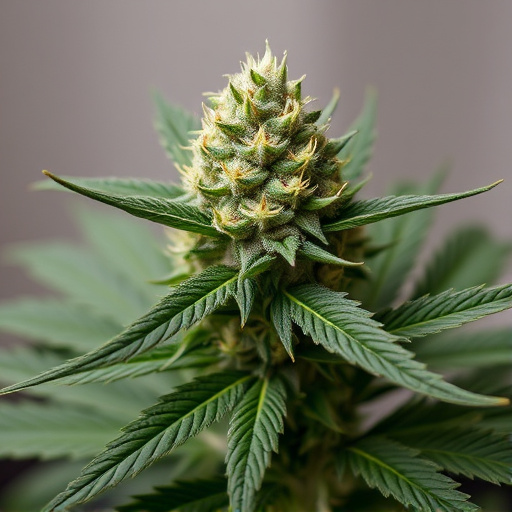Terpenes, aromatic compounds found in low odor cannabis strains and other plants, are key to their unique scents and flavors. They interact with cannabinoids like THC and CBD, creating an 'entourage effect' that offers a range of therapeutic effects. Understanding terpenes is vital for cannabis enthusiasts who wish to personalize their experiences based on specific scent and effect preferences, allowing cultivators to craft nuanced aromas catering to diverse tastes in low odor cannabis strains.
In the ever-evolving world of cannabis, understanding terpenes is key to unlocking the intricate scent tapestry woven into each strain. These aromatic compounds not only contribute to the distinct ‘weed’ aroma but also play a pivotal role in shaping the flavor profile and overall experience. While some strains boast vibrant, bustling scents, others have evolved subtle, low odor profiles. This article delves into the science behind terpenes, exploring their diverse roles in creating unique cannabis scent profiles, particularly focusing on the enigmatic low odor cannabis strains.
- The Role of Terpenes in Cannabis Aromas
- – What are terpenes?
- – How do they contribute to the scent and flavor profile of cannabis?
The Role of Terpenes in Cannabis Aromas
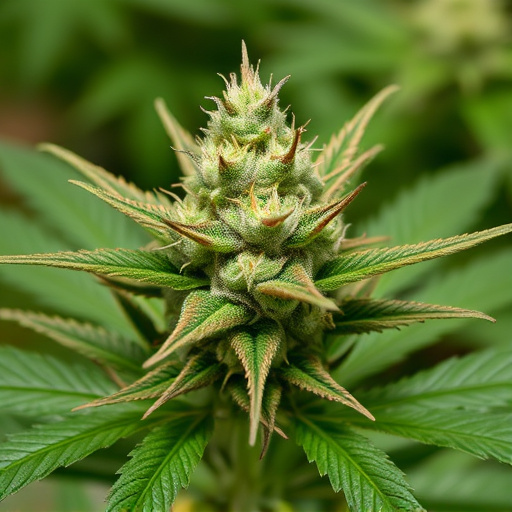
Terpenes, a diverse group of aromatic compounds, play a pivotal role in shaping the unique scents and flavors associated with cannabis. These organic molecules are produced by various plants, including cannabis, and are responsible for the distinct aromas we experience in different strains. In low odor cannabis strains, terpenes often take center stage due to their ability to influence and mask the plant’s inherent pungency. Each terpene contributes to the overall bouquet, offering a wide range of scents from fruity and floral to spicy and woody notes.
Beyond aroma, terpenes are not just about smell; they also interact with the cannabis plant’s other chemical compounds, including cannabinoids like THC and CBD. This interaction can significantly impact the strain’s effects, creating what is often referred to as the ‘entourage effect’. Understanding the intricate relationship between terpenes and cannabinoids helps explain why different strains evoke varied experiences, from uplifting and energizing to calming and relaxing, catering to diverse preferences in cannabis enthusiasts.
– What are terpenes?

Terpenes, often referred to as the aromatic compounds of plants, play a pivotal role in shaping the distinctive scents associated with cannabis and other herbs. These volatile oils are responsible for the unique fragrances we associate with different strains, from citrusy and floral to piney and spicy notes. In low odor cannabis strains, terpenes become even more intriguing as they contribute to the subtle or nuanced aroma profiles that are sought after by users who prefer discreet scents.
Beyond their olfactory appeal, terpenes in cannabis interact synergistically with cannabinoids like THC and CBD, modulating their effects on the body. This complex relationship contributes to the diverse therapeutic potential of different strains, making them more than just a source of scent but also of potential health benefits.
– How do they contribute to the scent and flavor profile of cannabis?
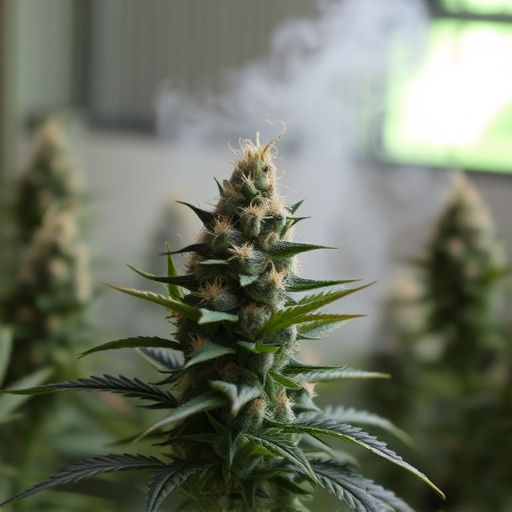
Terpenes, a diverse class of aromatic compounds, are responsible for the distinct scents and flavors we associate with different types of cannabis. They interact synergistically with cannabinoids, such as THC and CBD, to create what’s known as the entourage effect, significantly contributing to the overall sensory experience of low odor cannabis strains. These compounds not only mask the plant’s natural terpenes but also enhance or alter the perceived aroma and taste.
In cannabis, specific terpenes like myrcene, limonene, and linalool can provide unique scent profiles ranging from earthy and musky to citrusy and floral. Myrcene, for instance, is often linked to a terra-firme, mushroomy odor, while limonene offers a bright, refreshing citrus note. Linalool is known for its lavender-like aroma, bringing a calming and relaxing sensation. The combination of these terpenes in low odor cannabis strains allows cultivators to craft subtle and nuanced scents, catering to the diverse preferences of consumers.
Terpenes play a pivotal role in shaping the distinctive aromas and flavors associated with cannabis, including those of low odor cannabis strains. These organic compounds not only contribute to the sensory experience but also offer potential therapeutic benefits, making them an intriguing aspect for both cultivators and consumers. Understanding terpene profiles can help enthusiasts appreciate the complexity of cannabis and make informed choices based on their desired scent and effect.





